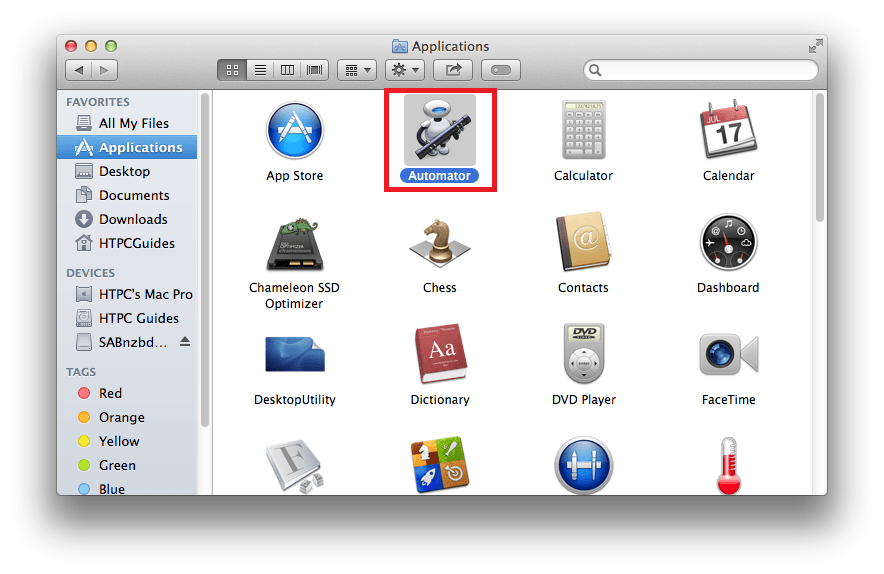Mac How To Install Torrent Command Line 4,1/5 9351 reviews
Mac OSX Server Command-Line Administration. To use this command, type “doit” without the dollar sign at the command prompt in a Terminal window, then press the Return key. Command Parameters and Options Most commands require one or more parameters to specify command options or the.

As a Linux system admin we love to download and upload larger files using bit torrent clients from command line or from terminal. This can be possible with the help of rTorrent, it is command line Bit Torrent client available on Linux like operating System. Some of the common features of rTorrent are listed below: • We can use URL / file path to add torrents at runtime • Stop/delete/resume torrents are easy • Safe quick resume support • It shows information about peers and the torrent • Support for distributed hash tables (DHT) • Support for peer-exchange (PEX) • Support for initial seeding (Superseeding) In this post we will discuss how to install and use rTorrent on Ubuntu Linux.
Beneath steps are applicable for Ubuntu 14.04 / 16.04 / 17.04 Installation Steps of rTorrent on Ubuntu Linux. Method:1 Using below apt-get command. :~$ sudo apt-get install rtorrent Method:2 Using Synaptic Package Manager Once the installation is completed, now it’s time to configure its resource file (rtorrent.rc).
Since Apple’s OS X is based on UNIX, you can run many of the UNIX commands on your Mac right from the Terminal app. Firefox for mac os 10.7. These commands help you accomplish a lot of tasks on your machine without having to work with the graphical user interface. In order for you to make use of these commands, you do not need to be a coder, as there are many simple commands that even a non-programmer can understand and execute on his or her machine. In order to use these UNIX commands on your Mac, you need to have a utility called “Command Line Tools” installed on your machine. By default, OS X does not ship with this tool, and you need to manually install it. One way to install it is to install Xcode, and it will install these commands as well. But, Xcode is heavy (in filesize), and unless you are a developer, you won’t have any need for it.
Xcode-select --install 3. You will get a prompt asking if you would like to install the command line tools on your machine. Click on the “Install” button. Read the license agreement on the following screen and click on “Agree” to move forward. You should see the following screen when the command line tools are being downloaded. When the tools are downloaded, click on “Done” in the dialog box. The command line tools are successfully installed without requiring you to install Xcode.

You are all set to enjoy the UNIX commands on your Mac. Should you ever wish to uninstall the command line tools, you can do so using the following steps. Uninstalling Command Line Tools The uninstallation process does not use Terminal. Instead, the folder is removed manually by following these steps. Open a Finder window, and click on the “Go” menu followed by “Go to Folder” 2. When the Go to Folder panel opens, type in the following path and press Enter.
It should take you to the directory where the command line tools exist.

